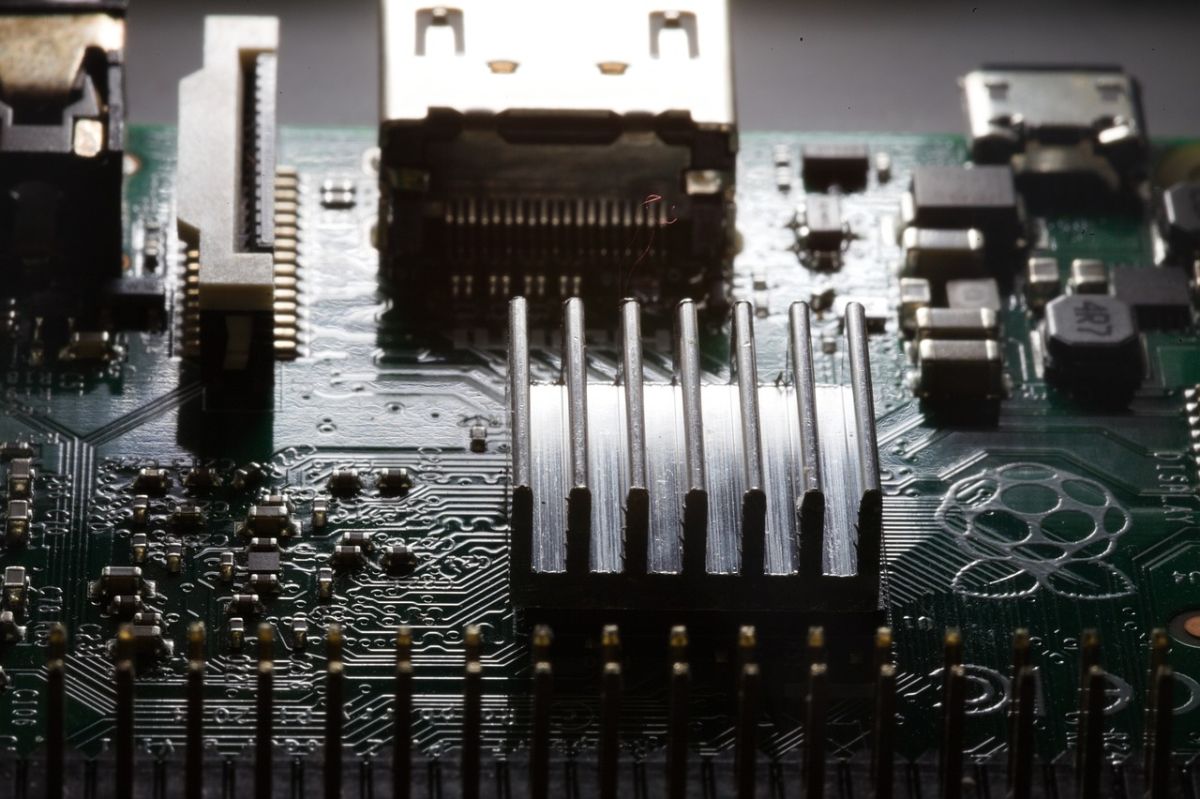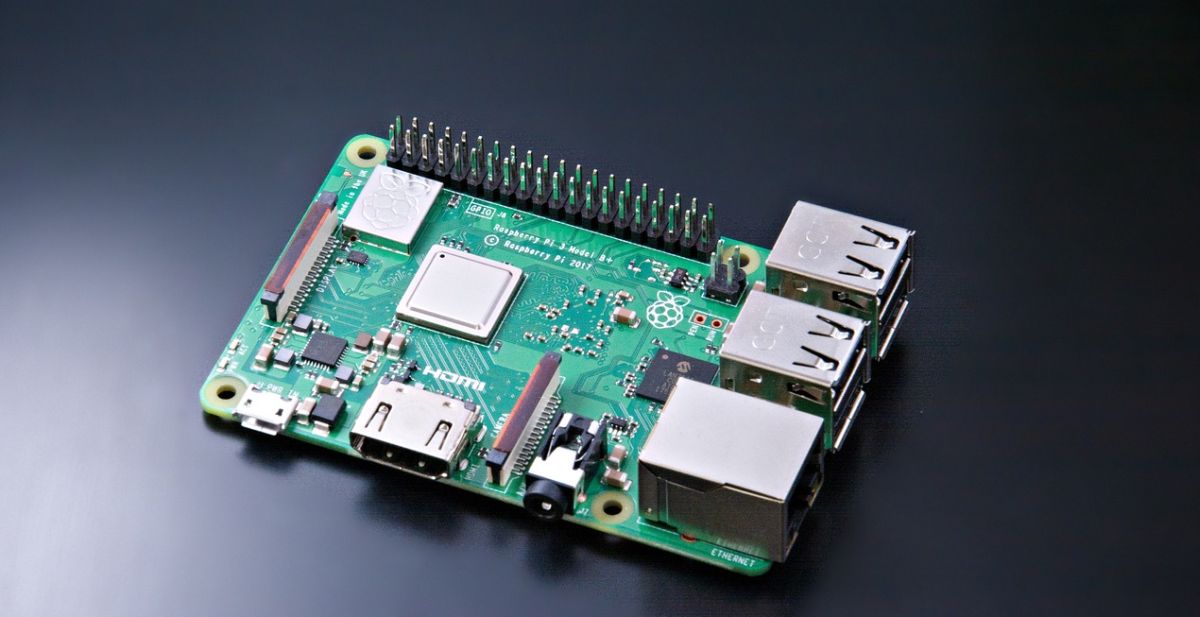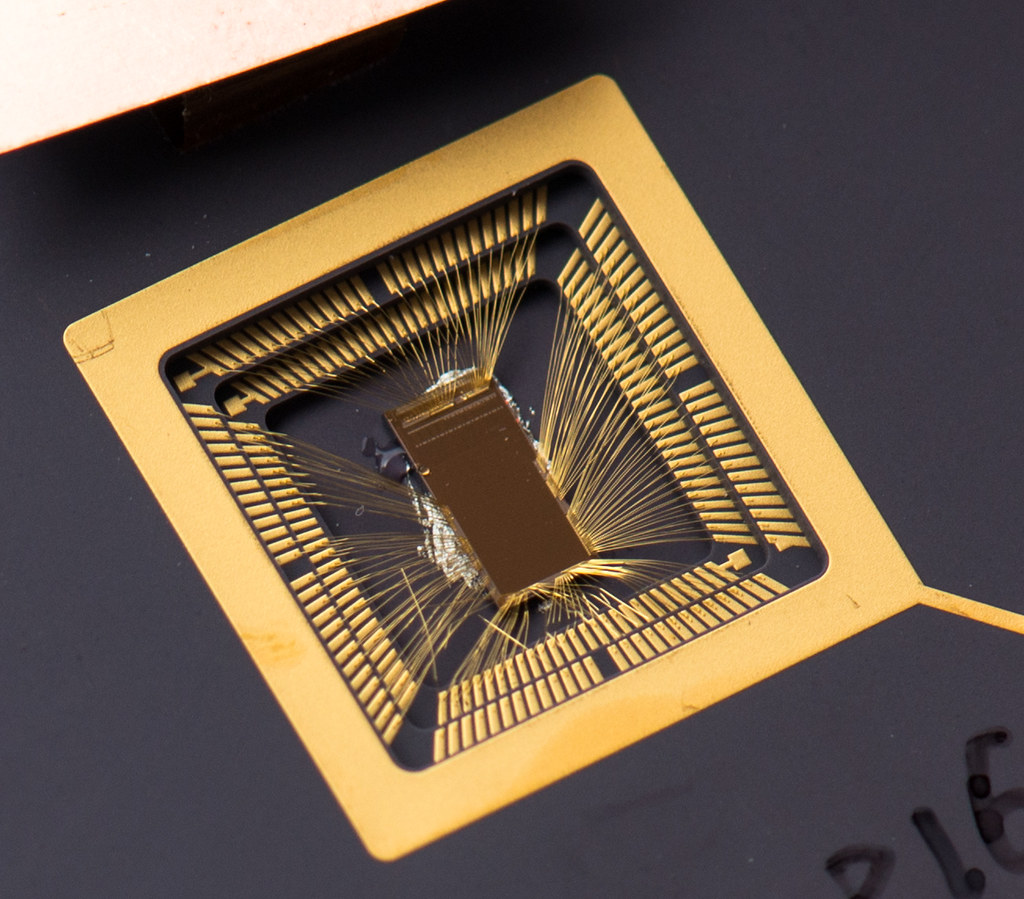
For the moment we all have to be content with the Raspberry Pi 4, But the Raspberry Pi 5 will soon arrive. The new version prepared by the Raspberry Pi Foundation and which is still a complete unknown. However, some details of the new SBC are already beginning to be known.
Many unknowns yet to be resolved, like the performance or the surprises that this new bale will hold for us... and also some certainties that we will tell you about.
What is an SBC?
For those who don't know yet, a SBC (single board computer) it is basically a complete computer contained on a PCB or printed circuit board. These boards are designed to include all the essential components of a computer, such as the processor, RAM, flash storage, input/output ports, and in some cases even network interfaces and additional peripherals.
Its advantages, affordable price, and versatility, have made SBCs very popular among game lovers. DIY, makers, students, developers, and enthusiasts of technology. Since the appearance of the Raspberry Pi, there have been many projects that have been launched on the market, such as BeagleBone, Nvidia Jetson, ASUS Tinker, Odroid, Odoo, Orange Pi, PINE Rock, Banana Pi, among many others. These boards are used in a wide variety of applications such as education, home automation, robotics, embedded computing, prototyping and assorted DIY projects, weather stations, home automation systems, robot control, etc.
What is the Raspberry Pi?
La Raspberry Pi is a series of SBCs developed by the Raspberry Pi Foundation, a UK-based charity, and whose main founder is Eben Upton. These little boards were designed with the idea of promoting computer education and low cost computing as well as promoting open source projects. The Raspberry Pi has become a very popular device due to its low price, compact size, and versatility.
Over the years, there have been released diferent models, each with slightly different specs and features, but generally include a processor, RAM, USB ports, a microSD card slot (for operating system and storage), HDMI ports for connecting to a monitor or TV, GPIO (General Purpose Input/Output) for interaction with electronic components, and often a network interface, either via Ethernet or Wi-Fi.
The Raspberry Pi is used in a wide range of applicationsFrom educational and coding learning projects to home automation solutions, lightweight web servers, media centers, embedded control systems, and much more. Its active community of developers and enthusiasts have made a large number of projects and resources available online, making it a powerful tool for people interested in computing and electronics. In fact, along with Android, they are two of the most interesting projects for makers and people who want to learn by doing.
Possible features of the Raspberry Pi 5
It is known that the Raspberry Pi 5 will arrive to address certain challenges that currently plague the Raspberry Pi 4, as well as improve performance and bring more features. For example, one of the main problems with the new SoC of this SBC is that gets considerably hot, making it mandatory to use a heatsink or fan for effective cooling. And this will also be the case with the new Raspberry Pi 5, which will bring an even more powerful SoC, and probably with a higher TDP. Maybe implement a stock cooling system?
According to the latest reports, the Raspberry Pi 5 could feature a CPU Enhanced 76-bit ARM Cortex-A64 (quad-core based on ARMv8.2), operating at over 2 GHz, accompanied by a Mali GPU. This silicon unit would be accompanied by up to 16 GB of LPDDR5 SDRAM RAM (in the B model), although 4 GB and 8 GB variants are also expected, respectively. That is, something similar to what we currently see on the Raspberry Pi 4.
As for the connections, it is likely that you have one pair of HDMI 2.1 ports, multiple USB ports (some of them USB-C), microSD card slot, DC 5V GPIO, 2,4GHz and 5,0GHz WiFi support, plus Bluetooth 5.2 for better connectivity and syncing with others devices.
When it comes to specifications, which are based on reports provided by sources close to the Raspberry Pi foundation, price is another aspect to be treated with a grain of salt. It is estimated that the new model could have a higher price, having mentioned around 150 euros. In addition, several models with various storage options are planned to be offered, including an entry-level model with a cost of approximately 30 euros, similar to the first Raspberry Pi.
Although no official announcement has yet been made, there are strong indications that the Raspberry Pi 5 is under development and it could be released in the near future, possibly in 2024…
A good time for RISC-V
The Raspberry Pi has always been characterized by a fairly strong focus on what open, that is, in open source. In fact, the Raspberry Pi Foundation has created from a free operating system, such as Raspberry Pi OS (previously called Raspbian), and based on Debian, in addition to the necessary drivers for this SBC that are also free, etc. However, with the hardware, that step has not yet been taken, and perhaps something similar to what Android has provided is expected, being a more open development hardware board.
Currently, thanks to the arrival of RISC-V, as other competitors of the Raspberry Pi have done, have what it takes to step up and have hardware based on this ISA. Despite the fact that RISC-V CPUs are already giving very good results and have similar characteristics to ARM, it is also true that there are still not as many packages compiled for this architecture, as there are for ARM. Perhaps this is one of the biggest current impediments. However, there is already full compatibility with Linux and with quite a few packages.
Surely many fans of the project would like the Raspberry Pi 5, or Raspberry Pi V, will be fused with RISC-V chips. It would certainly be a good time for this union, matching the version. On the other hand, everything seems to indicate that it would not be like that…


